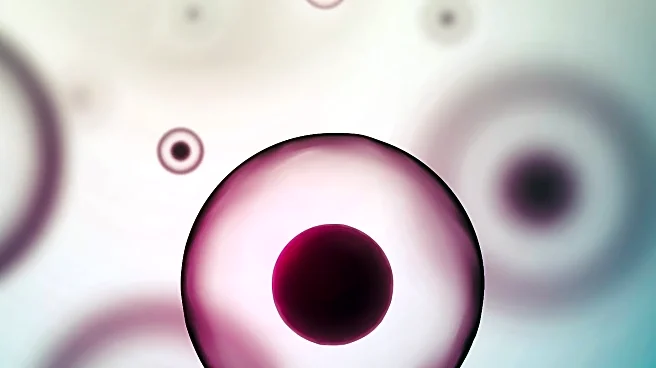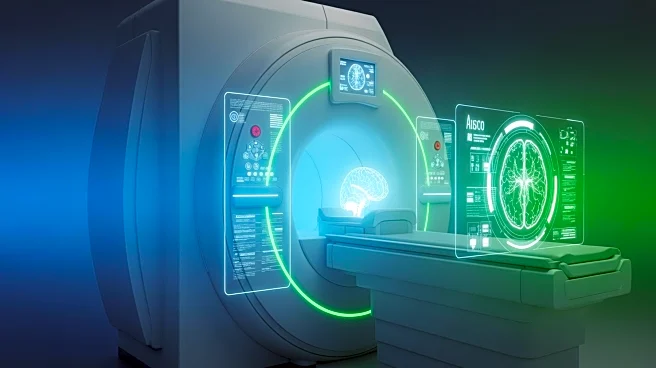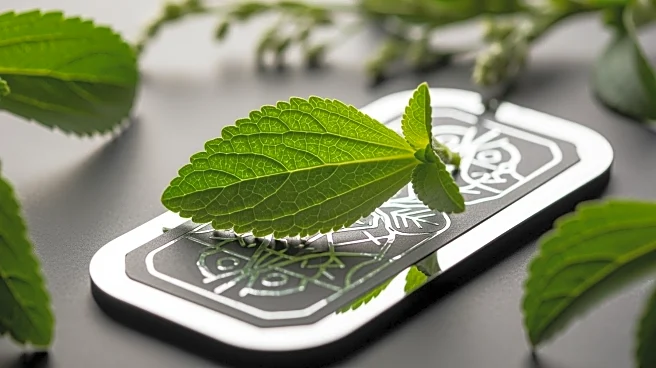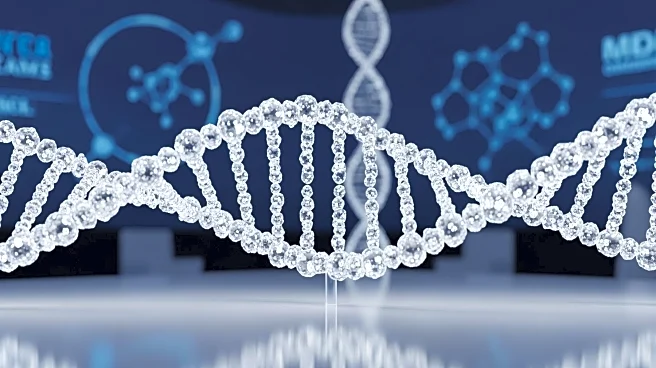What's Happening?
A recent study has investigated the use of stevioside, a compound derived from the stevia plant, in enhancing the effectiveness of minoxidil for hair regrowth. Conducted on mice, the research found that combining stevioside with microneedle patches allowed
for better penetration of minoxidil into the skin, resulting in hair regrowth in 67.5% of the treated areas. The study suggests that stevioside acts as a natural absorption enhancer, improving the solubility of minoxidil and potentially increasing its effectiveness. Dermatologists have noted the promising results but emphasize the need for further research to understand the safety and efficacy of this approach in humans.
Why It's Important?
The findings could lead to improved treatments for hair loss, a condition affecting millions of people. By enhancing the effectiveness of existing medications like minoxidil, this research may offer a more efficient solution for those experiencing hair thinning or loss. The potential for a more effective treatment could benefit the pharmaceutical industry and consumers seeking affordable and accessible options. However, the study's reliance on animal models means that human trials are necessary to confirm these benefits and assess any risks.
What's Next?
Further research is needed to explore the safety and efficacy of stevioside-enhanced treatments in humans. Dermatologists recommend controlled trials to evaluate potential side effects and long-term outcomes. If successful, this approach could be integrated into existing hair loss treatments, offering a new avenue for those seeking solutions. The medical community will likely monitor developments closely, considering the widespread impact of hair loss and the demand for effective treatments.
Beyond the Headlines
The study highlights the innovative use of natural compounds in medical treatments, reflecting a broader trend towards integrating plant-based solutions in healthcare. This approach may encourage further exploration of other natural compounds for various medical applications, potentially leading to more sustainable and less invasive treatment options.













